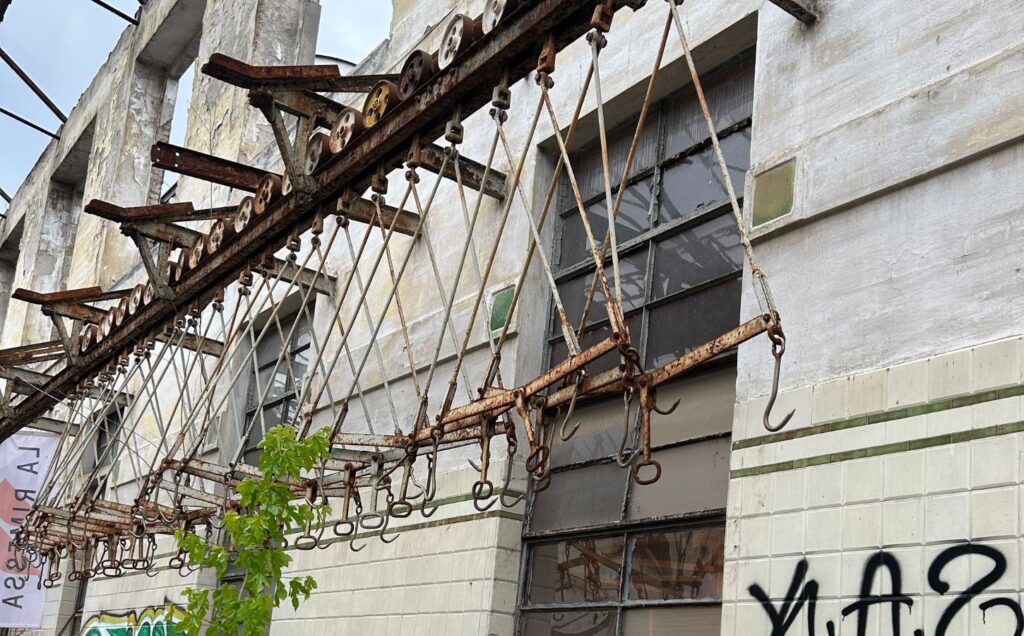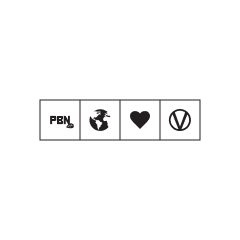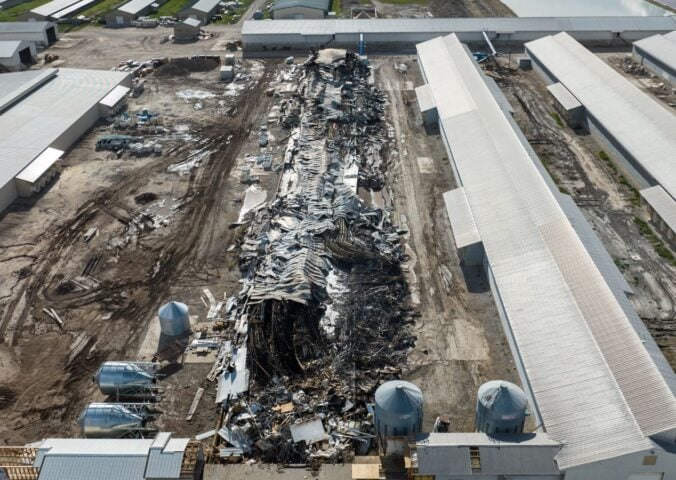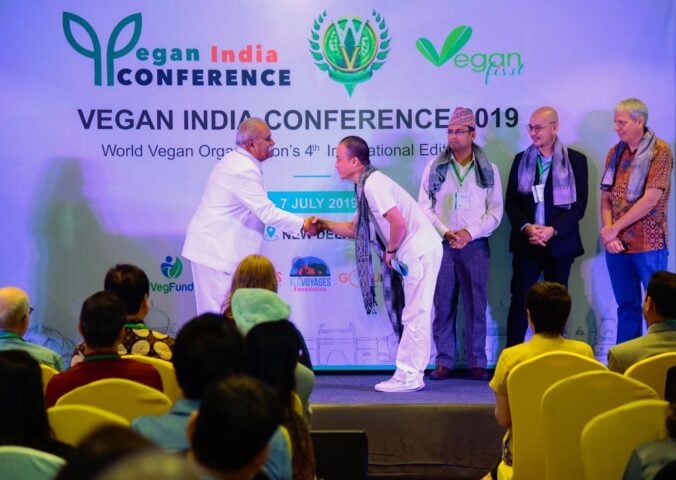Earlier this month, Milan in Italy played host to Milan Design Week, one of the biggest design events in the world. Thousands of furniture designers, industrial designers, and interior designers from all over flocked to the city for an annual design pilgrimage.
What started many years ago as just one furniture design expo “Salone del Mobile” in the outskirts, now sprawls over the entire city with multiple satellite shows. It is here that smaller, relatively unknown design studios can be found rubbing shoulders with industry giants like Google, IKEA, and BMW design.
It’s often said, but the more relevant and exciting design shows are more likely to be found in these Milanese cobbled backstreets. Which is exactly why the big brands are choosing old apartment blocks and warehouses to exhibit their designs rather than the more sterile and corporate exhibition halls of Salone del Mobile.
There’s a certain charm to the fact that on these streets money doesn’t necessarily buy you attention (although many try). Casa Blond by James Melia’s Design Studio, for example, was one of the must-see shows picked up by Hypebeast, Designboom, and many others. I spoke to Blond lead designer Greg, and his joy and enthusiasm for creativity was really infectious. They welcomed attendees to sketch design ideas inspired by objects that they would model in CAD and 3D print on the spot. This democratic lack of pretentiousness and focus on design itself rather than the designers was like a welcome breath of fresh air. And, what made their small space a hit.
At the end of our conversation I was urged by Greg to go and see ALCOVA. “It’s like the set of The Last of Us! But with design exhibits dotted around!” he enthused.
ALCOVA repurposes slaughterhouse
Sure enough, this was a popular event, with a queue tailing around the block. I met up with two other industrial designers who are also vegan from Germany. We had heard that this space was an ex slaughterhouse so we were all obviously prepared to feel some sort of emotions.
When I got inside and saw the rusty hooks and blood drains on the floors, to my surprise it wasn’t so much sadness, but optimism that hit me.
I discussed this feeling with a lighting designer who was exhibiting. She had her exquisitely crafted lamps hanging on walls that were once presumably ringing with the screams of pigs and splattered with blood. After enthusiastically explaining the various color options for the lighting system, she whispered to me under her breath: “Do you know what this place was?”
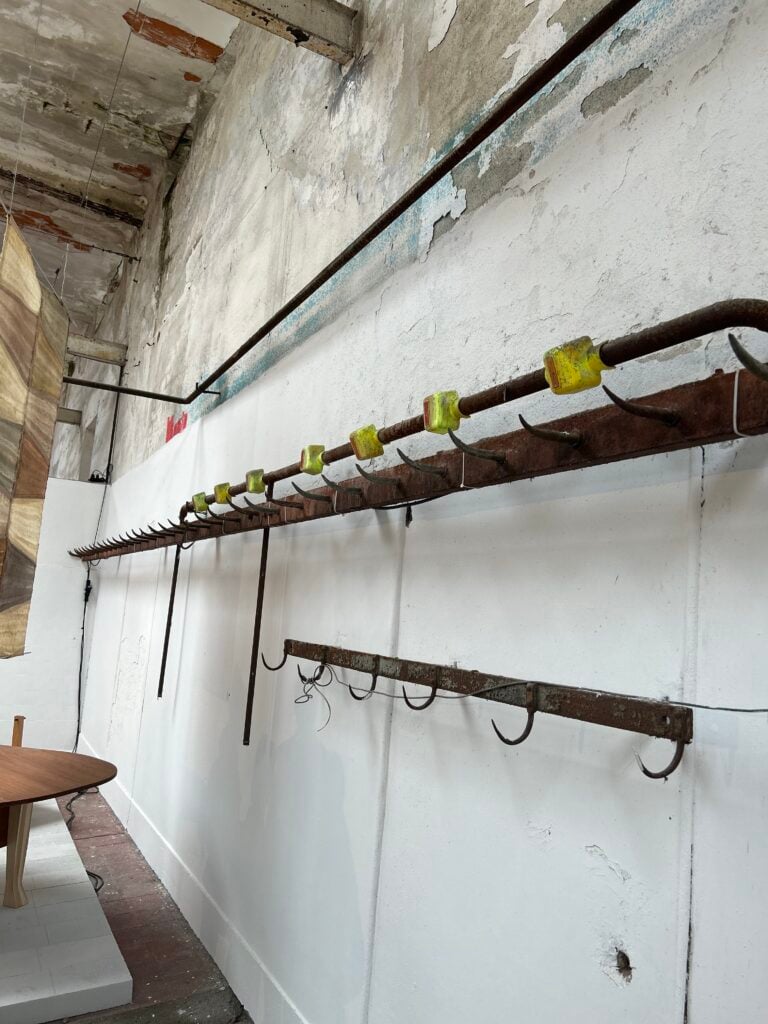
Obviously affected by her surroundings, she told me she doesn’t eat meat either and so we discussed how the space made us feel. Since the ceilings had been broken, shards of sunlight cast down inside giving life to indoor trees and uninvited plants that sprung up from cracks in the stained concrete.
Hope and healing
I felt this phenomenon was almost like a beautiful metaphor, a place that has witnessed so much darkness, violence, and death now becoming a place for light, life, and creativity. Call me a dreamer but I can’t help but feel like I’ve glimpsed the future, where all slaughterhouses will be converted into galleries and museums.
The conversation around the commodification of other animals in design is long overdue. In society we too often focus only on the food industry when it comes to our concern for other animals, but it’s worth noting countless individuals were slaughtered for their skins, feathers, wool, and other body parts for sofas, cars, bicycles, bags, and rugs. It’s a chilling thought that our CMF spec sheets can act as a death sentence for others.
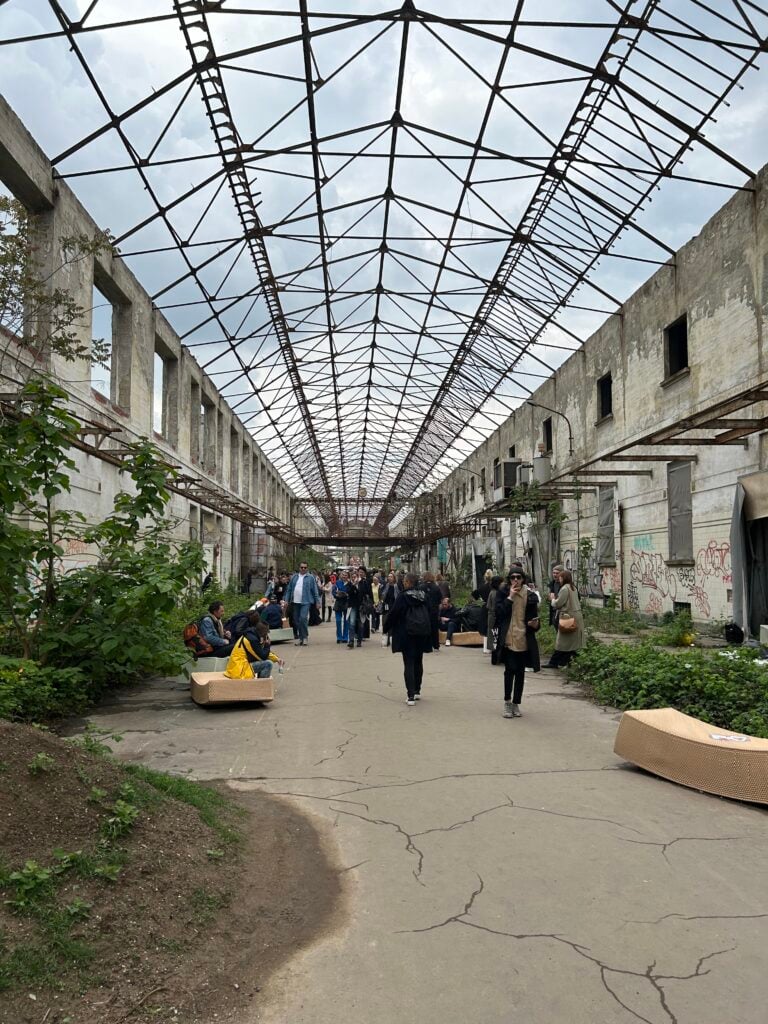
Can animal products ever be ‘ethical’?
I also attended a sustainability event hosted by Design Council at the architecture firm Arup (sadly serving animal products despite the obvious contradiction for a climate-focused event).
To its credit, Design Council now focuses its efforts entirely on design as an enabler for sustainability goals. Here I discussed with one of the speakers, Chelsea Franklin, a senior concept designer from Pangaia, the use of animal materials, green-washing, and the commodification of non-human animals.
It’s worth noting that although doing lots of great innovation in the animal-free materials space, Pangaia isn’t completely animal-free (yet). Chelsea assured me they focus on “regenerative” and “ethically sourced” when using animal products.
Personally, I have to disagree with its stance here. Aside from the obvious animal rights issue of commodifying the bodies of non-human animals, we simply have too many sheep and cows being bred and slaughtered. In a statistic included in a recent speech by Sir David Attenborough, 60 percent of all mammals on Earth are now livestock, only four percent are the remaining wild mammals.
‘Half-truths’
There are rightly major climate concerns here and make no mistake, these are breed-to-slaughter industries. I am not familiar with Pangaia’s specific supply chain, but these so called “ethical wool” suppliers will often sell off retired sheep to be slaughtered by another farm, claiming they don’t slaughter themselves but clearly turning a blind eye to what they know happens under someone else’s watch.
Their climate credentials are also often distorted into half-truths through offsetting emissions and biodiversity losses by pointing to their huge land ownership, with no acknowledgment of the blatant opportunity cost. We know that land would take in even more carbon and have even more biodiversity if it were to be rewilded instead of being used for livestock. Regenerative is only better than conventional animal agriculture, it’s not an improvement over rewilding. So the activity of livestock farming still has a negative impact on the land.
A study from Oxford University estimates that in a vegan world we would be able to rewild 75 percent of current farmland, so the fears of not having enough space to grow crops for us to eat are unfounded. In fact, we would need less cropland than today not more when we just focus on feeding eight billion humans and not the additional 80 billion bred livestock.
Finding solutions to messy problems
I am aware it is all too easy to point out hypocrisy and contradictions as a progress blocker. Chelsea rightly pointed out that many companies are so scared to make progress steps these days because everyone is so eager to find examples of the do-gooders “own-goal” or some unforeseen contradiction. I hope that’s not what I’m doing here. I myself am by no means perfect and have been complicit in designing products that contribute to waste and included animal products. In terms of climate impact, the irony of myself and other designers all flying to Milan to talk about sustainability isn’t entirely lost on me.
I think as designers we have the innate ability to foresee what does not yet exist, to solve messy problems and envision what others can’t imagine until we show it to them. If Milan Design Week is good for something, surely it’s for that. We have the tools, mindset, and audacity to envision a kinder future that others would scoff at as impossible. It’s high time the unspoken violence that goes on in slaughterhouses is excluded and eliminated by design.
